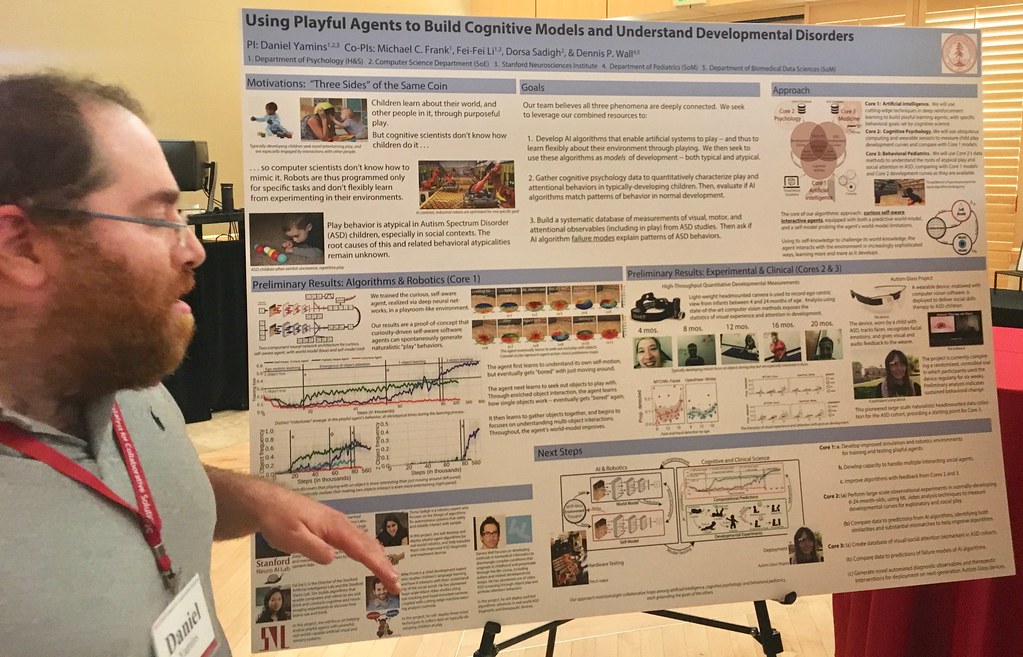© Copyright 2023 Quick Creator - All Rights Reserved
Balancing Creativity and Algorithms: Navigating AIGC Challenges in Storytelling

Introduction
In recent years, the intersection of artificial intelligence (AI) and creative writing has become an increasingly popular topic. AI-generated content is no longer a futuristic concept, but rather a reality that is shaping the way we tell stories. As algorithms are being developed and refined to assist with tasks such as language generation and sentiment analysis, creatives in fields like journalism, marketing, and fiction writing are beginning to experiment with incorporating AI into their work. The potential benefits of using AI in creative writing and storytelling include increased efficiency in generating content, improved accuracy in analyzing audience engagement data, and even new forms of narrative structures that can be achieved through machine learning techniques. However, as with any new technology that challenges traditional methods of creating art or literature, there are also concerns about how AIGC (Artificial Intelligence Generated Content) may impact the authenticity and creativity of these fields.
Challenges of AIGC in Creative Writing and Storytelling
The Limitations of AIGC in Creative Writing and Storytelling
Artificial Intelligence and machine learning algorithms have made tremendous progress in various fields, including creative writing. However, when it comes to storytelling, AI still faces significant limitations. One of the most significant challenges is that AI lacks human emotions and empathy. While machines can generate grammatically correct sentences or even complete short stories based on a given prompt or dataset, they cannot replicate the complexities of human emotions or experiences.
Another limitation is that AI-generated content often lacks originality and creativity. Algorithms analyze vast amounts of data to identify patterns and generate new content based on those patterns. Still, this process does not guarantee truly innovative ideas since machines cannot create something entirely outside their programmed parameters.
Lastly, while algorithms can identify trends in language usage or plot structures across different genres, they lack an understanding of cultural nuances that are critical for effective storytelling. For example, humor may vary widely across cultures; what might be funny in one culture could be offensive in another.
The Importance of Human Creativity in Creative Writing and Storytelling
Despite these limitations faced by AI algorithms working with creative writing processes such as storytelling creation tasks - humans remain essential to the craft's success because creativity thrives beyond limits set by algorithms alone.
Human creativity brings uniqueness into every story through imagination, experience-based knowledge which provides insights into character development alongside complex emotional portrayals throughout any narrative created wholly from within oneself without limits imposed upon us via technology tools like artificial intelligence systems designed specifically for creative tasks such as novel writing software applications programmed using pre-existing templates geared towards particular genre classifications (i.e., romance novels).
The unique perspectives we bring to each piece add layers that go beyond just surface-level plot points but instead dive deep into our personal lives' intricacies which make readers invest themselves emotionally within our tales – something impossible for machines to achieve due mainly because machines do not possess consciousness like ours capable enough to understand complex human emotions and portray them effectively in storytelling.
Ethical Concerns Surrounding AIGC in Creating Authentic and Meaningful Storytelling
As artificial intelligence and machine learning technologies continue to advance, the use of AIGC in creative writing and storytelling has become increasingly prevalent. However, there are ethical concerns surrounding the use of these technologies in creating authentic and meaningful storytelling. One major concern is that AIGC may produce stories that lack emotion or fail to convey a human perspective. This can result in works that feel flat or insincere, which can ultimately harm audience engagement and undermine the credibility of the writer.
Another issue with using AIGC for creative purposes is the potential for biases to be introduced into the work. These biases can come from a variety of sources, such as training data sets that are not representative or algorithms that reinforce certain stereotypes or perspectives. If left unchecked, these biases can lead to harmful portrayals of characters or situations in a story.
Despite these challenges, it's important for writers utilizing AIGC tools to maintain an awareness of these issues and strive towards creating authentic and meaningful work. By acknowledging potential biases and actively seeking out diverse perspectives during both the creation process and editing phase, writers can help ensure their stories remain grounded in humanity while benefiting from technological advancements.
Ultimately, while AI technology offers exciting opportunities for creativity and innovation within writing fields, it's essential we consider its limitations when crafting narratives meant to connect with audiences on an emotional level. The importance of maintaining human perspective cannot be overstated - by keeping this front-of-mind throughout our creative process we have better odds at producing impactful works without sacrificing authenticity along the way.
Conclusion
In conclusion, the intersection of AI and creative writing presents both challenges and opportunities. While AI can assist in generating ideas and streamlining certain aspects of the writing process, it cannot replace human creativity and intuition. As writers, we must strive to find a balance between utilizing the benefits of AI while also maintaining our unique voice and perspective. This requires understanding the limitations of AI and using it as a tool rather than a replacement for our own skills. By embracing this approach, we can continue to push boundaries in storytelling while also ensuring that our work remains authentic and meaningful for readers. Ultimately, finding harmony between creativity and algorithms is key to unlocking the full potential of both in the world of literature.
